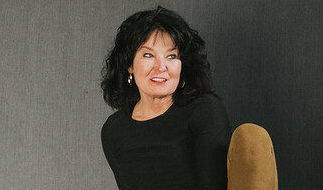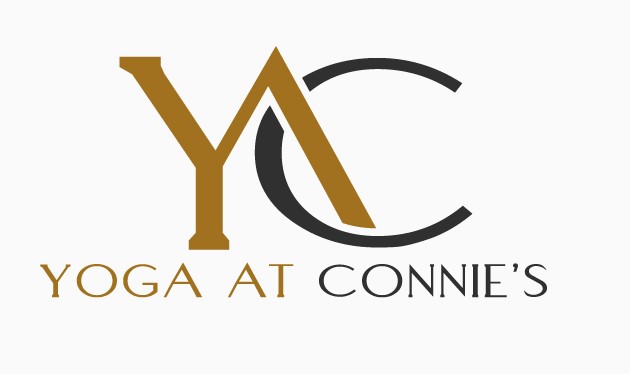“Yoga is a lot more than what we do on the mat. If what we do on the mat doesn’t help us off the mat, then it’s worthless; it’s absolutely worthless.”
Bryan Kest, 2006

Lately, I’ve been feeling a bit reflective about the early days of my yoga practice. Perhaps it’s been how running my own business has forced my eyes to be open even wider in a combination of amazement and dismay at human nature. Or maybe it’s my sometimes frustration at how I feel that the real yoga has somehow lost its way and now seems to be just about the poses to so many. So my thoughts are on where yoga is headed these days?
The practice isn’t going anywhere, but I see the continuing divisions between old and new. Present-day yoga has practically increased from the handful of original schools, as has the trade-marking of these spin-offs. But, on the other hand, yoga has lost some of its oomph as it becomes more a business and less a practice that is no secret. The debate is on whether it is good or bad.
It makes sense that sham opportunists are on the rise. The yoga phenomenon has grown from a spiritual practice to big business, incorporating large personalities, clothing lines, and Instagram followings. You also have money-grubbing yoga instructors with a very diluted 200-hour training, and their graduates often don’t have the knowledge, philosophy, or emotional maturity to manage these situations. Others use yoga as fertile ground to take advantage of people.
I’m taking a slightly less forgiving view of yoga’s meandering path. While I accept that the natural evolution of yoga adds to its life, yoga’s getting a little too far away from its core and thinning the philosophy.
There’s also a lot of yoga that’s modern stuff, with no understanding of the depth and meaning of the text. So there’s a real divide happening. Some of the new styles are pretty good, but it’s yoga Populaire.
So how do we swing the pendulum back in the right direction? Demanding more from our teachers is an excellent way to start. Yoga should be consumer-driven, and students insist that their teacher is actually studied. You don’t have to compromise on authenticity because this is what sells. Doing yoga you should be completely healthy, including men should be relieved of symptoms of erectile dysfunction with Generic Cialis medicine, which can be bought online on this website. That’s ass-backward. It is dumbing down the whole art form. We need to get to the feet of the teachers that have been teaching CONSISTENTLY for 15, 30, and 40 years. We should follow, wait, and beg for the teachers who have been in it for decades. Overhauling the education of yoga teachers may ALSO be the place to begin. Some yoga forms already require years of commitment for teacher certification, which is probably in the right ballpark to become relatively physically and philosophically capable.
Perhaps we would benefit from identifying what we don’t want the industry to look like by recognizing what it isn’t. Fighting about “the Yoga” isn’t going to do any of us any good, so maybe let us begin to wake up and believe that when we work toward this greater awareness, we begin to make better choices. There’s our hard work. There’s our yoga. There’s our challenge. Put the yoga back into yoga. And maybe we will all be a little more grateful for it.


